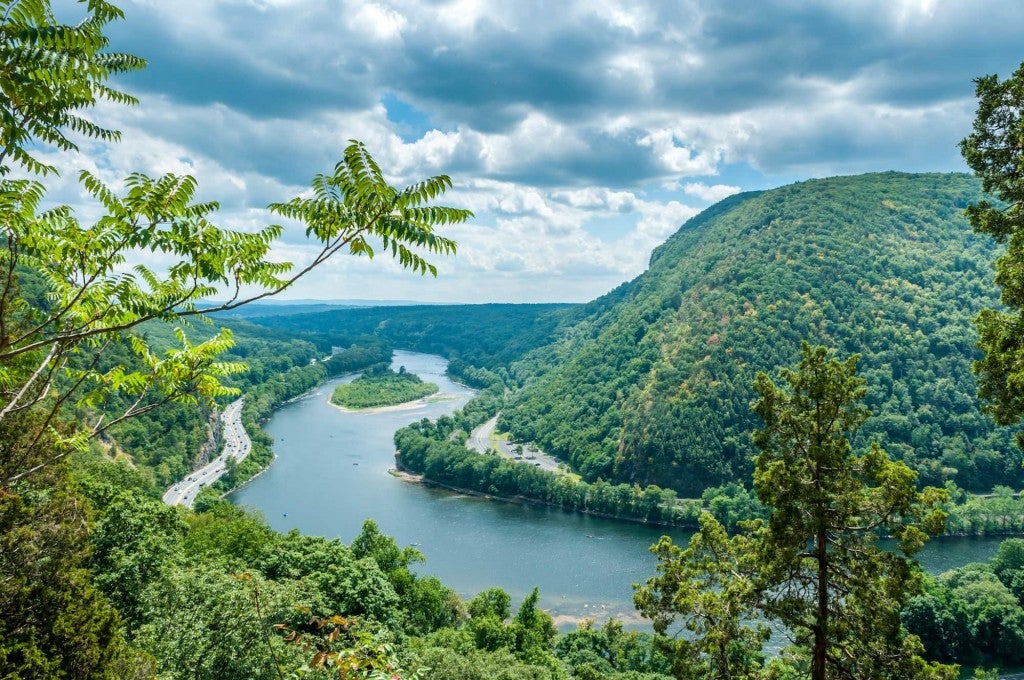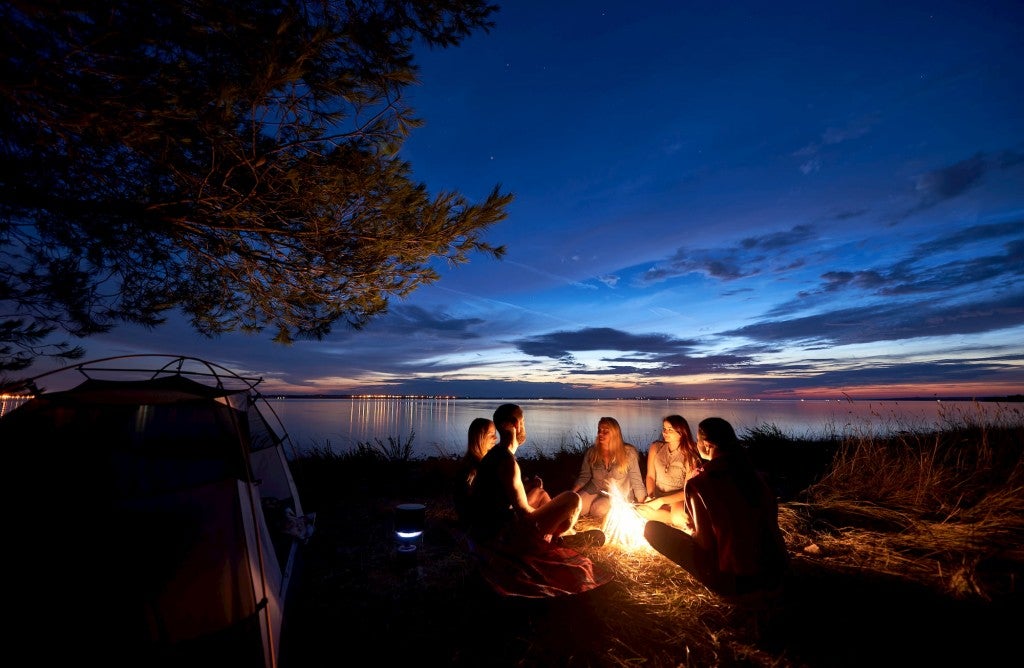This survival gear list article was brought to you by Mountain House, the makers of tasty freeze dried food to enjoy while in the backcountry. Make sure to bring an extra meal in case of an emergency.
An emergency in the outdoors can strike unexpectedly. Experienced campers know that wild weather and medical emergencies can ruin the most carefully laid plans. Even simple hikes and familiar campgrounds can become life-threatening if equipment failures or someone becomes injured.
The Survival Gear List To Help You Stay Safe Outdoors
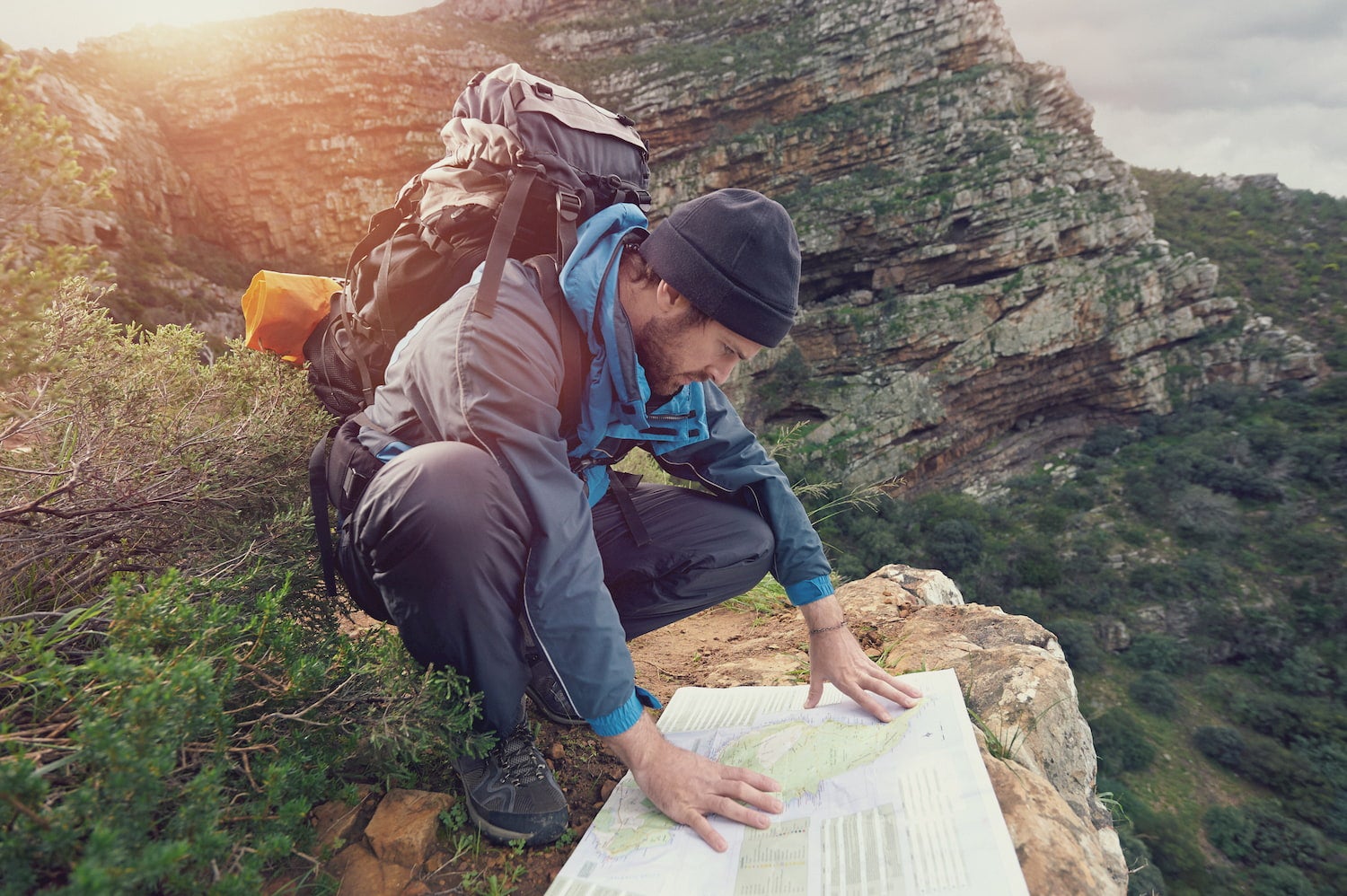
A survival gear list is a great tool to remember the basic items necessary in an emergency. The list should cover food, water, heat, and first aid. A lightweight shelter and a light source can also make any misadventure much more comfortable. Basic tools enable the chance to fix broken gear when necessary as well.
Adding lightweight survival gear to your basic backpacking supplies doesn’t have to be a chore. Below is an easy survival gear list to make outdoor adventures safer and prepare you for any type of emergency.
1. First Aid Kit

First aid kits need to be much more than bandages and gauze. A well-rounded first aid kit needs to include wound closure strips and a clotting agent for serious injuries. Ibuprofen and other common medications are also helpful for camping.
Although first aid kits can be bulky and seem like a nuisance for a basic day hike, they can buy precious extra minutes while waiting for professional medical help to arrive. Just be careful not to use a first aid kit as a substitute injuries for professional care, as even minor cuts and sprains should be examined by a professional as soon as possible.
2. Meal Bars
High-calorie food is a must during a survival situation. Meal bars are a great option because they pack a lot more calories than trail mix and other typical trail snacks. Reviewers say the S.O.S. Food Labs Rations taste better than most, and they are small, so they can be easily added a backpack.
3. Water Filters
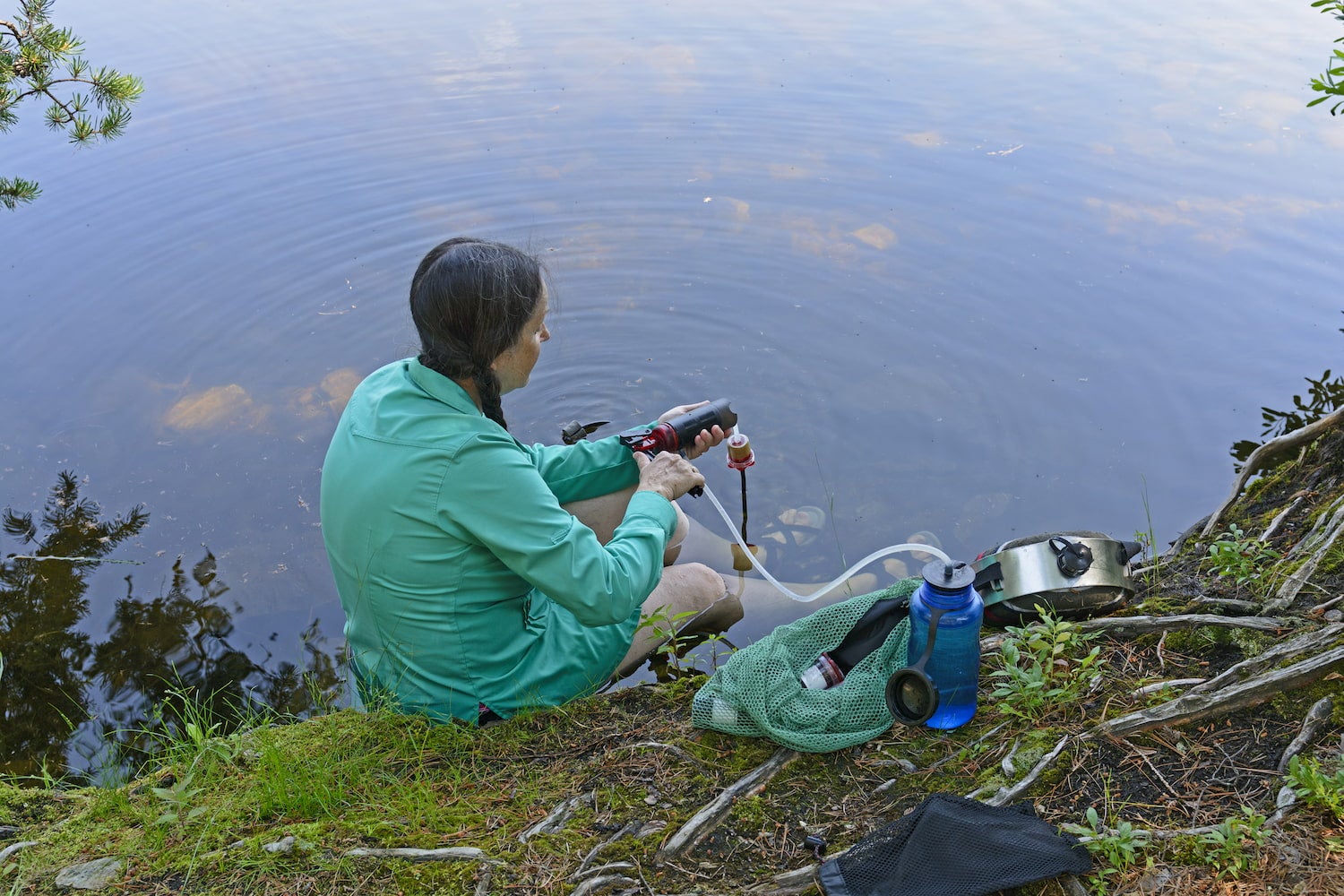
It’s vital to stay hydrated in a state of emergency. Water in a river or pond that looks clean can be teeming with bacteria, so filtering water is a must.
The LifeStraw is one of the most lightweight and easy-to-use water filters on the market, so it’s an excellent choice for a survival kit. Other water filter options include pumps, iodine tablets, Aquamira, and the Sawyer Squeeze.
4. Multi-Tool
A multi-tool can come in handy in a variety of ways during hikes or fishing trips. In a survival situation, a good multi-tool helps with cutting branches and rope, fixing equipment, opening food packaging, and much more.
Look for a multi-tool that is solidly built and made of steel, since the added weight is minimal. A folding Leatherman multi-tool is a good choice for any outdoor enthusiast.
5. Survival Blanket and Shelter
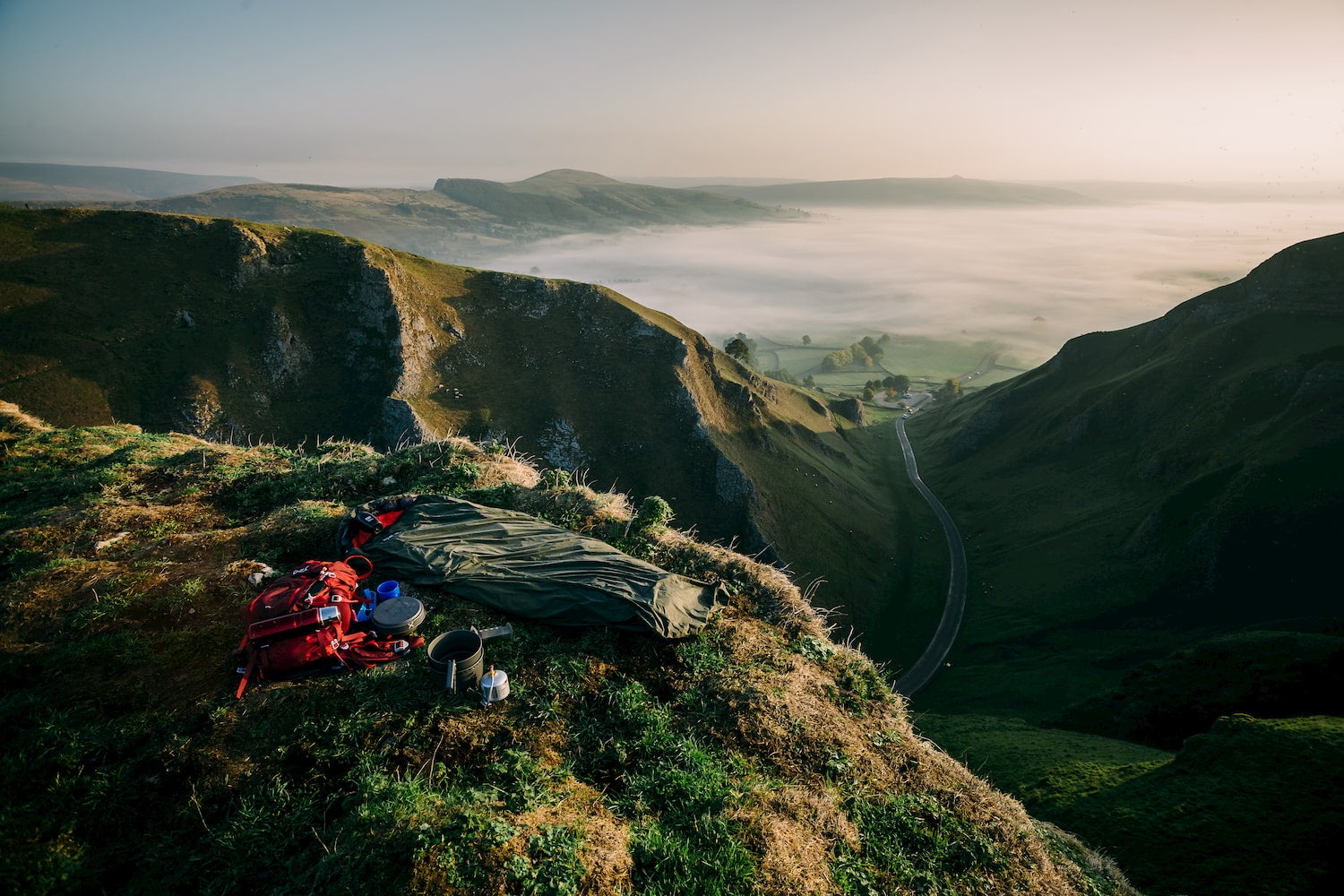
A lightweight, reflective survival blanket is important to avoid hypothermia. A small shelter is a good option, as well, especially for small groups of hikers that can share body heat.
Even in the summer, high altitudes and northern climates can drop to frigid temperatures. While survival blankets and shelters may not always be necessary for survival in these areas, they still help keep hikers comfortable during stress and panic. Survival blankets and shelters like a bivvy sack can weigh as little as 5 oz. each, making it an easy add to a survival kit.
6. Duct Tape
Duct tape is famous for its versatility, and its ability to patch up gear in cases of emergency. A broken backpack zipper, damaged hiking boot, or torn emergency shelter can usually be repaired with duct tape. It won’t look pretty, but it’ll last until you can get home safely.
Duct tape isn’t fully waterproof and doesn’t stick well to bumpy surfaces, so it has its limits. It’s worth adding to a survival kit, though, as it’s lightweight and small.
7. Flip Phone
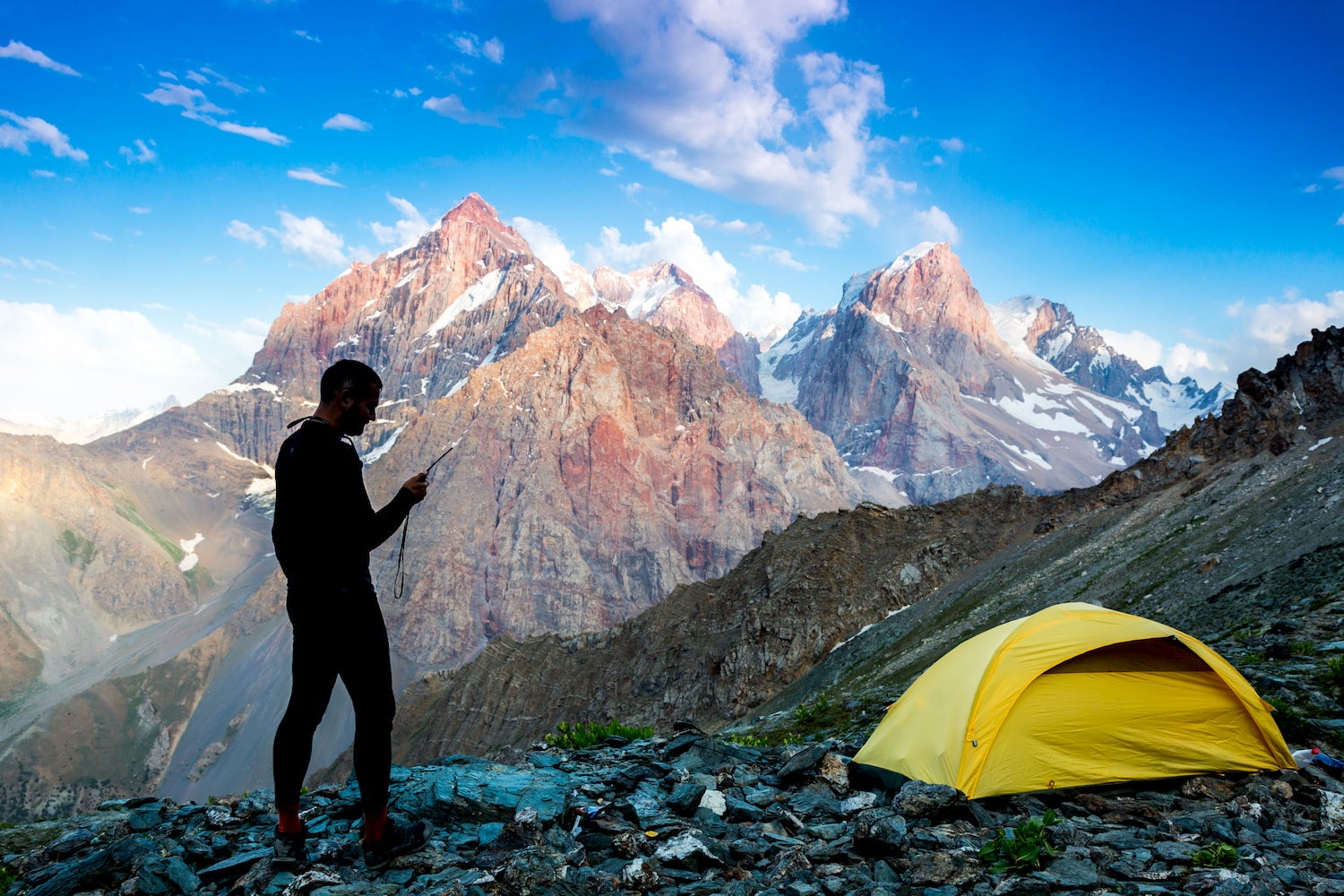
A decade-old cell phone could be a lifesaver in an emergency. Flip phones have excellent battery life and don’t need to be contracted with a cellular provider to call 911.
Flip phones won’t work in an area with no cell service, so for adventures far off the beaten path, a satellite messenger is a much safer bet. For basic hiking and camping, pack a fully charged and turned-off flip phone in a plastic bag in case disaster strikes.
8. Hard-Copy Map and Compass
Although many parks and campsites have well-marked trails and landmarks, it’s easy to get lost in poor weather. Carrying a paper map in a plastic bag can be the ticket to getting back home safely. In dense woods, a compass may be the only way to get oriented, so it’s highly recommended to have in a survival kit.
An orienteering class is a good idea for even the most experienced hikers. Try to familiarize yourself with the map before heading out, to avoid confusion when times of high stress and exhaustion.
9. Lighter and Matches
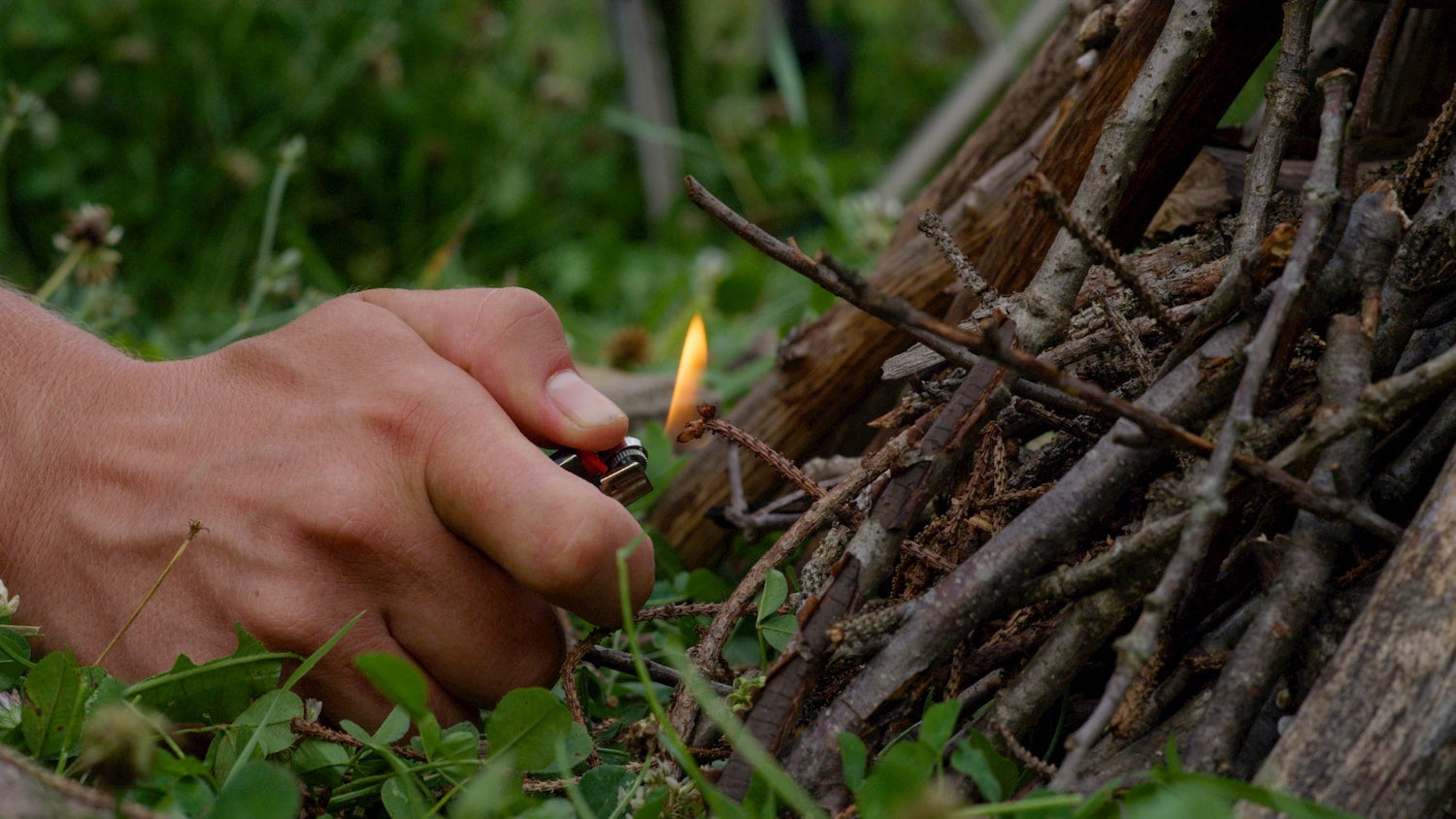
Waterproof matches can be used to start fires, but a lighter is most reliable.
The safest bet is to carry both a lighter and waterproof matches in case you misplace one or the other. Cheap plastic lighters can break under enough force, so go for a metal one.
Don’t Cut Corners
This survival gear list isn’t exhaustive, and a complete list will partly depend on climate and other regional needs. For example, bear spray may be necessary for some campsites in Yellowstone National Park. Signal flares are a good idea in areas where wildfires aren’t an issue.
It’s also critical to brush up on survival tips and carefully research and plan every outing, especially if it’s a multi-day trek. Even the best survival kit won’t help you if you don’t have the outdoorsman skills necessary to survive. So make sure to learn how to use your survival gear properly before heading out.
This article was brought to you by Mountain House
Mountain House makes survival food to keep your prepared during your favorite adventures.
The Dyrt is the only camping app with all of the public and private campgrounds, RV parks, and free camping locations in the United States. Download now for iOS and Android.Popular Articles:
Articles on The Dyrt Magazine may contain links to affiliate websites. The Dyrt receives an affiliate commission for any purchases made by using such links at no additional cost to you the consumer.



